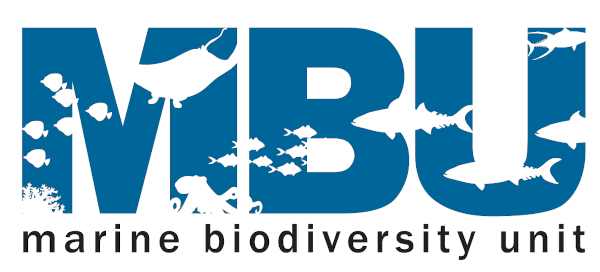Regional extinction risks for marine bony fishes occurring in the Persian Gulf
The Persian/Arabian Gulf (hereafter, ‘the Gulf’) is an environmentally extreme sea that is being increasingly affected by climate change and anthropogenic stressors, and concern is growing about the future of marine biodiversity in the region. However, identification of species and habitats most in need of conservation is challenging as comprehensive information on species-specific threats and population statuses is lacking. Through application of the International Union for Conservation of Nature (IUCN) Red List methodology – the global accepted standard for classifying extinction risk at the species level – we evaluated the regional conservation status of 471 species of marine bony fishes in the Gulf. The best estimate of the proportion of regionally threatened marine bony fishes, based on all species for which sufficient data were available for assessment, is 8.2%; this is at least twice the proportion of other regions where such assessments have been undertaken. Primary threats include those related to fisheries and harvesting and those related to coastal development and loss of habitat, impacting 47% and 32% of marine bony fishes, respectively. Such threats are particularly acute in nearshore areas where spatial analyses indicated high species richness. The future of Gulf ecosystems, and the survival of the marine bony fishes, will depend on concerted, collaborative efforts among all Gulf States to develop efficient and effective local and regional marine conservation practices and policies, particularly for species assessed as regionally threatened.
Download PDF: Buchanan_etal_2018
